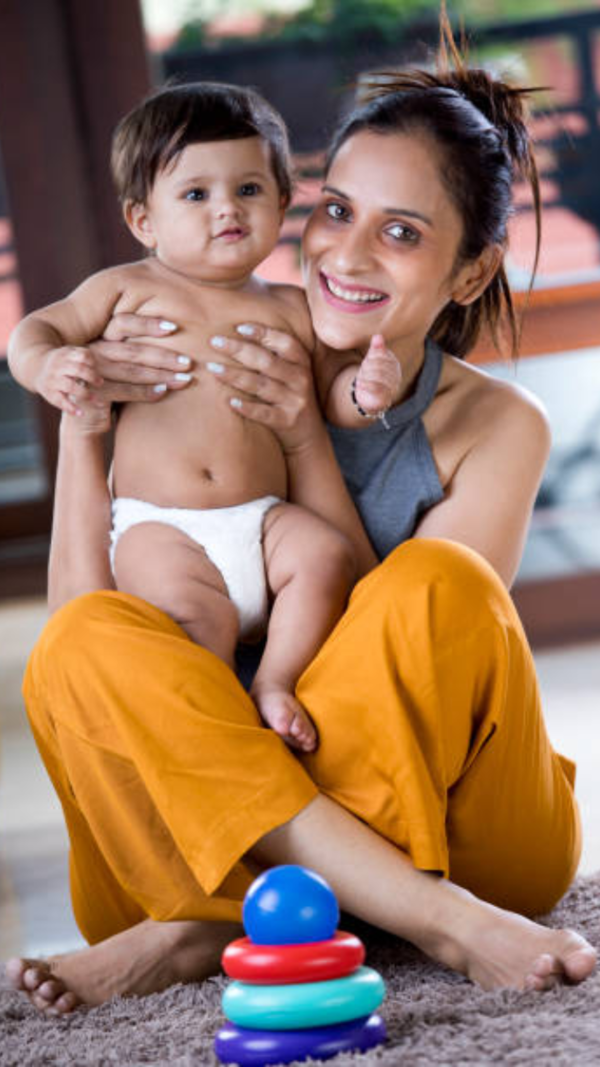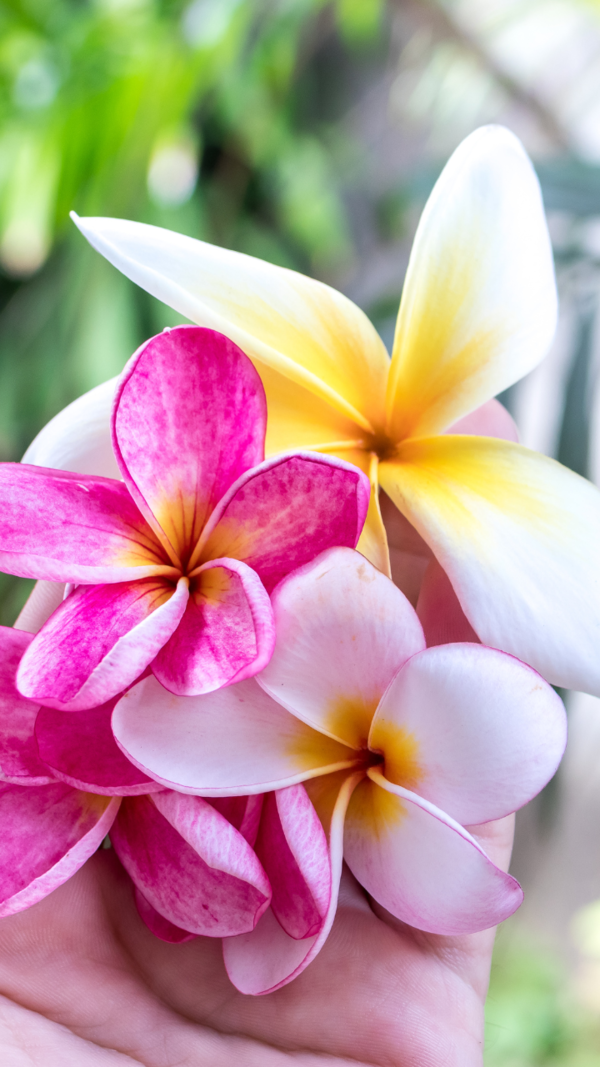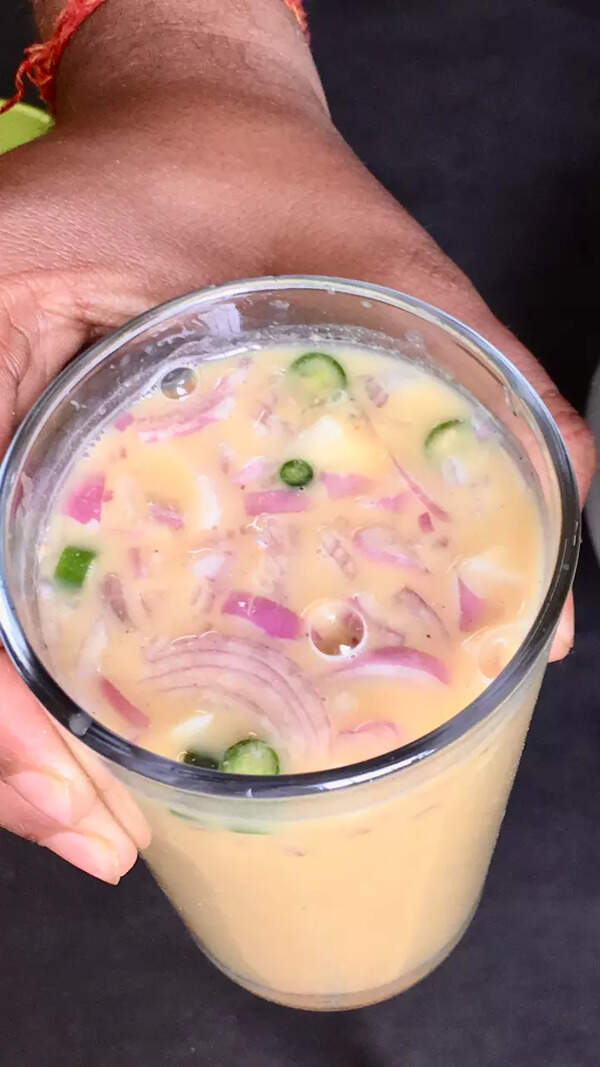- News
- Chennai lab set to give iconic Kolhapuri chappal a makeover
Chennai lab set to give iconic Kolhapuri chappal a makeover
CHENNAI: The iconic Kolhapuri chappal is set for a chic revamp. Artisans from Maharashtra’s Kolhapur are collaborating with Chennai-based Central Leather Research Institute to introduce fresh design elements of the handcrafted chappal known for its intricate design, and train artisans in time-saving techniques. The aim is to scale up production, modernise products without compromising on quality and encourage exports. CLRI has signed an MoU with Kolhapur-based Kalapuri Foundation which supports 200 families engaged in chappal-making.
Aparna Chavan, co-founder of Kalapuri Foundation, said the 700-year-old craft, whose practitioners still use traditional techniques, faces key challenges such as stiff leather making it uncomfortable for prolonged wear, the absence of anti-slip soles and colour bleeding. Production is also seasonal, as leather catches fungus during the monsoon.
“CLRI’s technical expertise will help us find practical solutions — from improving raw material and comfort to introducing new designs and upskilling artisans — so the craft can scale and artisans can earn a stable livelihood year-round. Awareness programmes can also attract youngsters back to revive the dying chappal industry,” she said.
In 2019, Kolhapuri chappals produced in Maharashtra’s Kolhapur, Sangli, Satara and Solapur districts and Karnataka’s Bijapur, Bagalkot, Dharwad and Belgaum districts were granted a Geographical Indication (GI) tag.
One hundred artisans will train in Kolhapur to adapt traditional craftsmanship to modern production techniques, enhancing functionality and design. CLRI will also explore organic alternatives, cushioning options such as polyurethane foam and add modern embellishments such as gemstones and metallic accessories to appeal to younger customers.
“The artisans already have traditional skills — what we aim to do is enhance those with mechanical operations, design innovation and creative development,” said S Mathivanan, head, Shoe & Product Design Centre, CLRI. “Our aim is to help artisans increase productivity and income while ensuring the traditional essence of Kolhapuris is not lost.”
End of Article
Follow Us On Social Media









